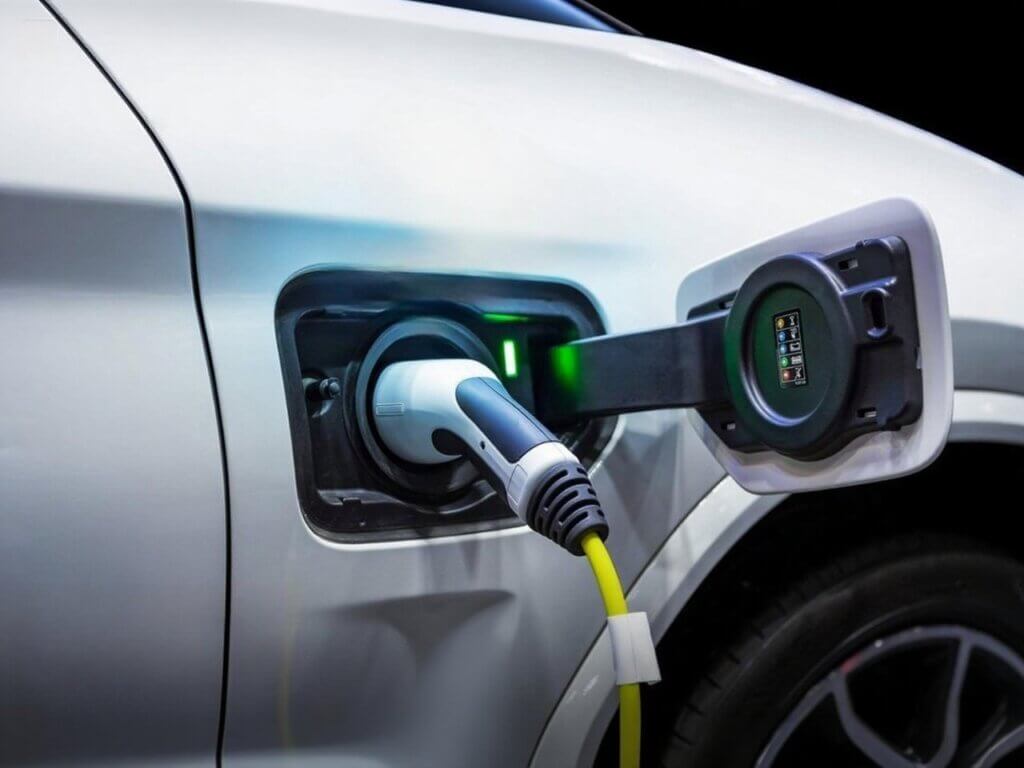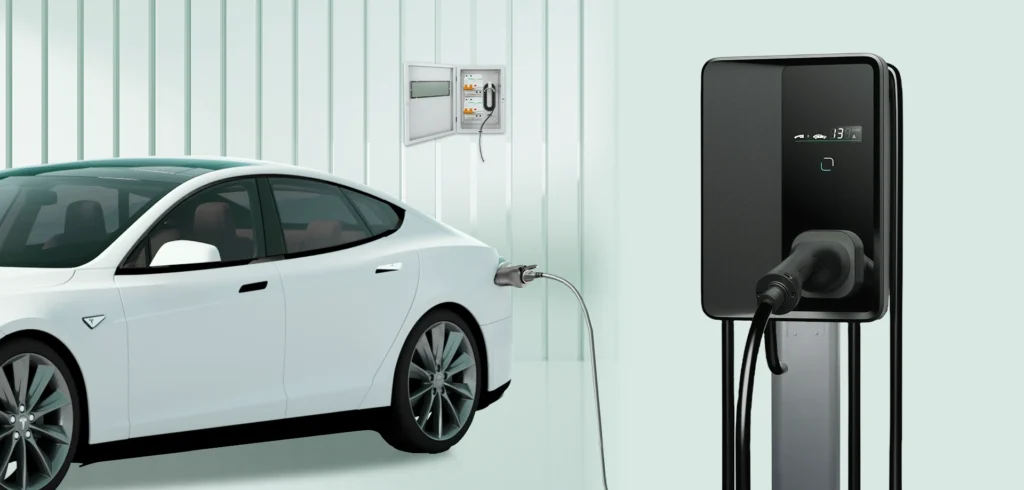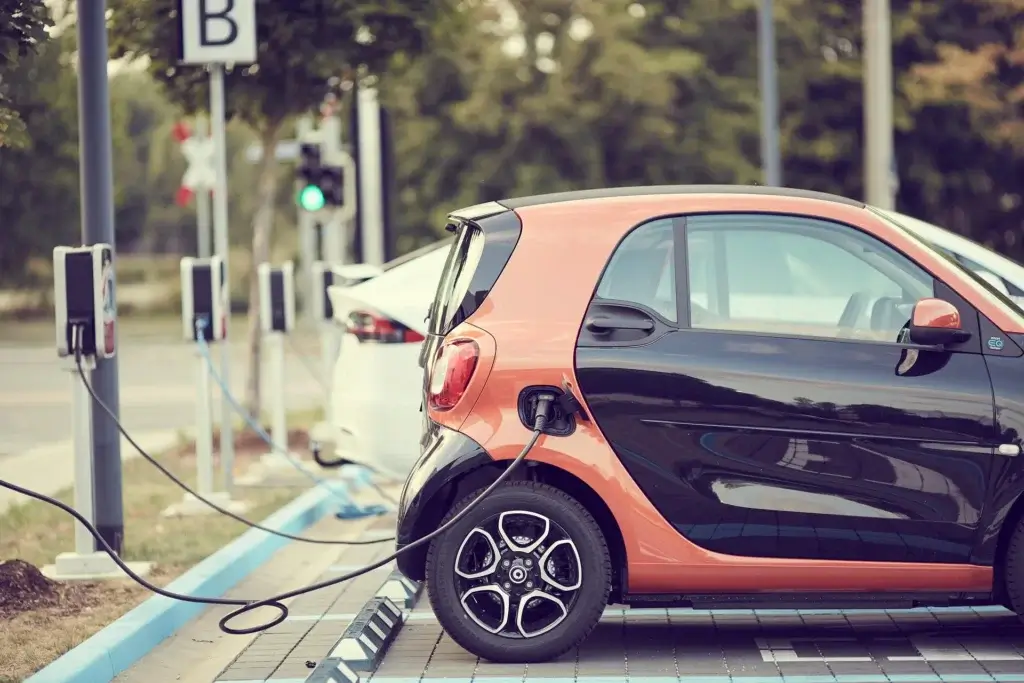Used EV Batteries Last Longer Than You Think
A recent report published by Arval, a major European vehicle leasing company, offers encouraging news for both buyers and sellers of used electric cars. After analyzing a large fleet of electric vehicles over several years, the study concluded that most EV batteries retain a high level of efficiency, even after significant usage. According to their data, more than 90% of tested batteries had at least 90% of their original capacity—proving that modern EV batteries are far more durable than previously assumed.
This is a big deal for the secondhand EV market. Historically, one of the main fears about buying a used EV was that the EV battery—the most expensive component—might degrade quickly and lead to costly replacements. But this new data suggests that many used EVs offer years of reliable service without the need for a battery swap. With battery technology and management systems improving year after year, it’s time to reframe how we assess value in secondhand electric vehicles.
But here’s the catch: not all used EVs are created equal, and EV battery health still varies based on how the vehicle was driven, charged, and maintained. So how can you make sure the used EV you’re considering is truly a good investment?

Why Battery Health Is Your Top Priority
The EV battery pack is essentially the heart of an electric vehicle. It’s not just the most expensive part—it also determines how far you can drive, how often you need to charge, and how long your car will last. A weak or poorly maintained battery can turn what seems like a good deal into a money pit.
Mileage and age alone don’t tell the whole story. A 5-year-old EV with 80,000 kilometers might have a better battery than a 2-year-old one with 20,000 kilometers if it was charged and stored properly. That’s why evaluating the true state of health (SoH) of the battery is essential.
5 Smart Ways to Evaluate a Used EV’s Battery Health
1. Request a Battery Health Report (State of Health – SoH)
Before buying any used EV, the State of Health (SoH) report is your most important reference. This figure tells you what percentage of the battery’s original capacity remains. For example, an SoH of 88% means the EV battery has lost 12% of its capacity since new.
Most major EV brands allow service centers—or even the vehicle itself—to generate this report. Nissan Leafs and BMW i3s have integrated EV battery management systems that log degradation data. In some Teslas, you can even view EV battery data directly from the touchscreen or export it via connected apps.
If the seller can’t provide an SoH report, that’s a red flag. At the very least, request a dealer diagnostic printout, especially if you’re buying from a certified used EV program.

2. Examine Charging Habits and History
Charging behavior plays a huge role in battery life. While modern lithium-ion packs are built to handle fast charging, repeated high-speed charging—especially DC fast charging (Level 3)—can cause increased thermal stress and reduce long-term battery efficiency.That’s why choosing the right EV charging manufacturer—like reliable cables and smart chargers—is critical not only for convenience but also for long-term battery health.
Try to ask the seller questions like:
- “Was the vehicle mostly charged at home (Level 2) or at public DC stations?”
- “Were charging sessions allowed to reach 100% frequently?”
- “How often was the car run down below 10% charge?”
Cars charged mainly overnight at slower speeds tend to age more gracefully. You can also request a charging history report from some automakers or check onboard logs in apps like TeslaFi and MyLeaf if the data is accessible.
3. Compare Estimated Range to Factory Specifications
Another quick way to assess EV battery health is to compare the real-world range after a full charge to the original factory-rated range. For instance, if a 2019 Hyundai Kona EV originally had a range of 415 km (258 miles), and the current range shows only 320 km (199 miles) after full charge, that indicates some degradation—potentially around 23%.
A loss of 10%–20% range after 3–5 years is generally acceptable and within warranty tolerances. However, if the real-world range is consistently lower than expected, even under mild weather and normal driving, you might be dealing with a battery that’s aging prematurely or unevenly.
Ask to take the car on a test drive with a full charge and monitor how fast the range drops in proportion to actual distance traveled.

4. Use a Diagnostic Tool or Third-Party App
If you want a deeper look into the EV battery’s internal health, consider using a diagnostic app with an OBD-II dongle (available for under $50). These tools connect to the car’s onboard computer and can reveal details such as:
- Number of charge cycles completed
- Cell voltage variations (imbalance is a warning sign)
- Battery temperature during operation and charging
- Actual usable battery capacity (kWh available vs. rated)
Popular tools include:
- LeafSpy for Nissan vehicles
- Scan My Tesla for Tesla models
- Car Scanner ELM OBD2 for general EVs
If you’re not comfortable doing this yourself, many EV service centers or EV-focused mechanics offer pre-purchase battery diagnostics for a small fee.
5. Consider Climate and Storage Conditions
EV Battery degradation is strongly influenced by environmental factors. EVs that spent years in hot, sunny climates like Arizona or southern Spain may show faster deterioration than those used in cooler, temperate areas like northern Europe or the Pacific Northwest.
If possible, request:
- Location history (city or region)
- Indoor/outdoor parking habits
- Seasonal usage data (Was it used in winter? Summer?)
Bonus Tip: Don’t Forget EV Battery Warranties
Most major EV manufacturers offer long-term battery warranties, often 8 years or 100,000 to 160,000 kilometers (whichever comes first). This coverage usually guarantees that the battery will retain at least 70% of its original capacity. If the vehicle is still within the warranty period, you’re in luck—any serious battery issues might be covered at no extra cost.
Some marketplaces now also offer third-party EV battery certification services, like Recurrent or EV-Certify, which can independently grade the battery before you buy.
Conclusion
Used electric vehicles are no longer a gamble—they’re a smart, sustainable option for buyers who do their homework. Thanks to better battery management systems and clearer data, the mystery around battery longevity is fading. Still, understanding the health of the battery is essential before signing a deal.
Before you finalize your purchase, make sure you’re equipped with the right tools. High-quality EV charging accessories such as EV charging adapters or EV Charing cables can significantly improve daily charging experiences and even prolong your battery’s lifespan.

